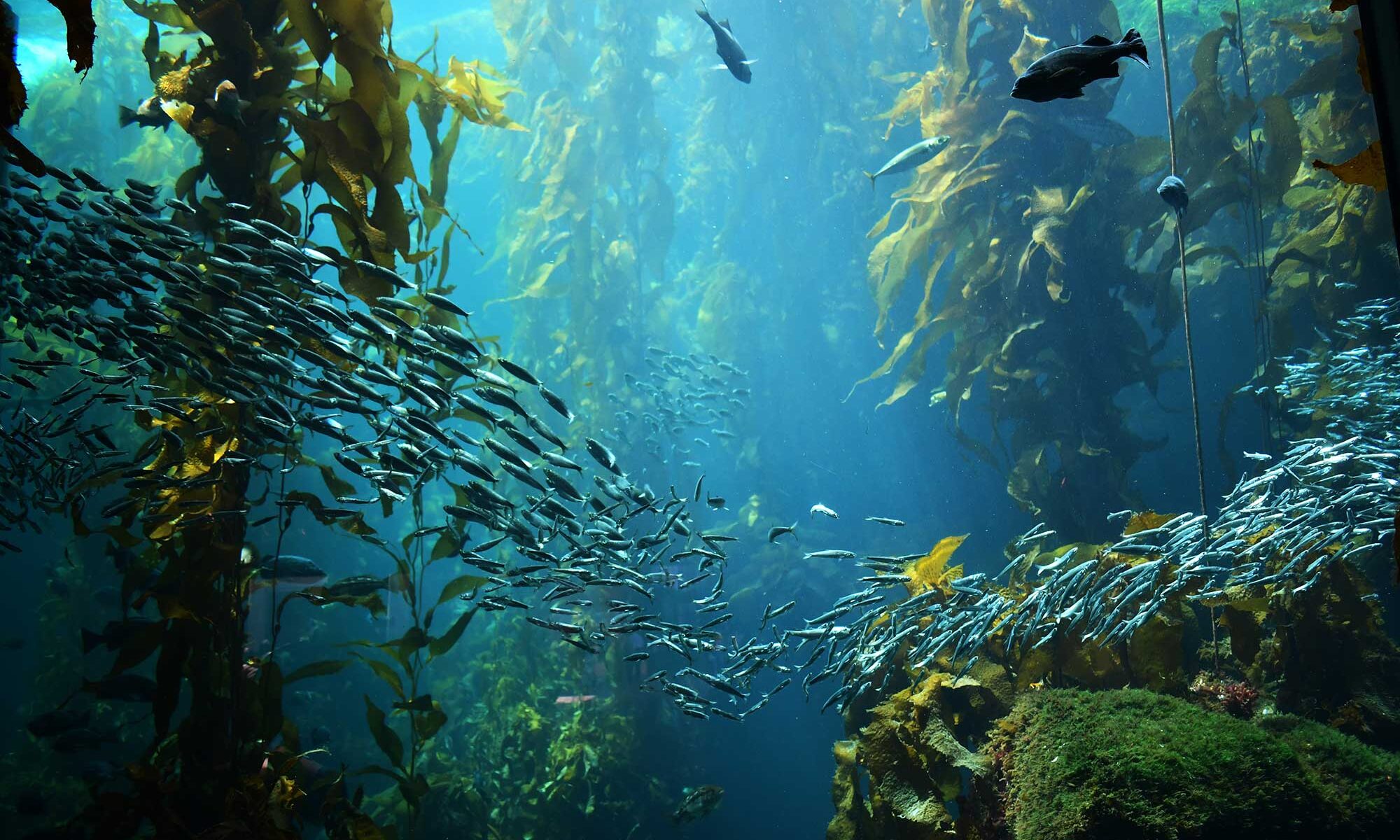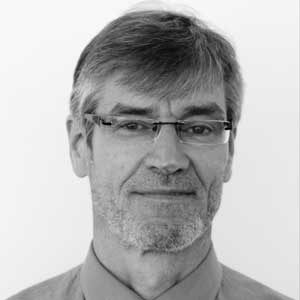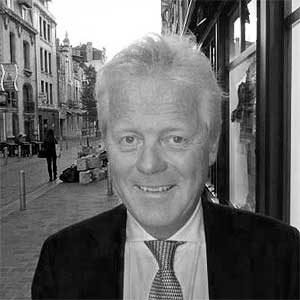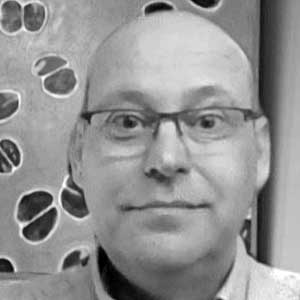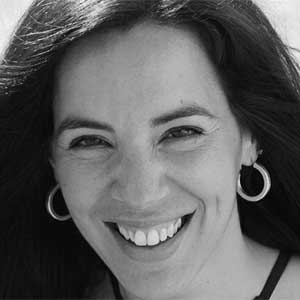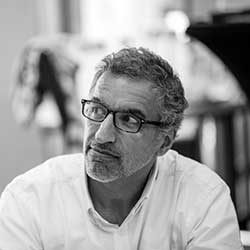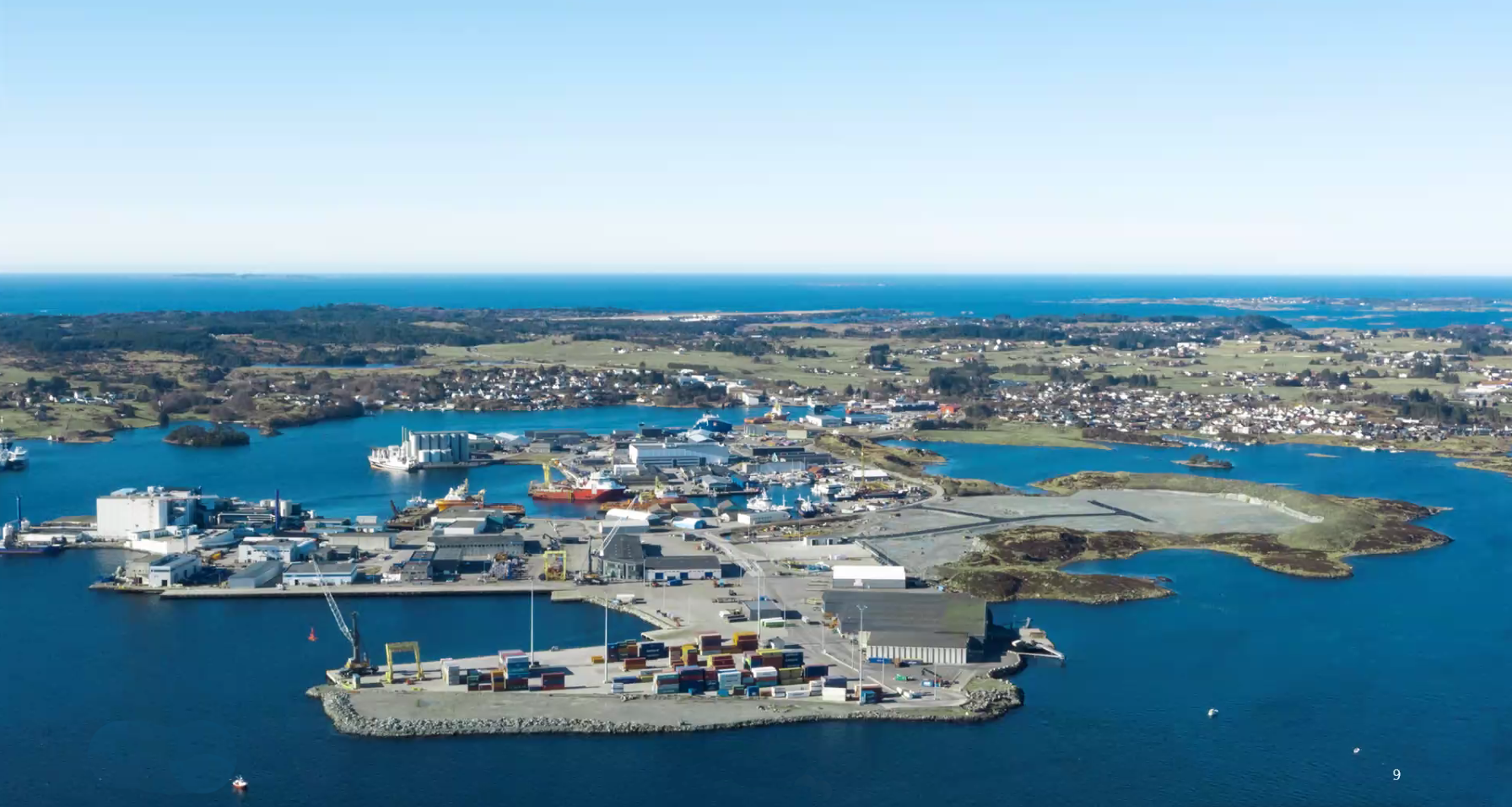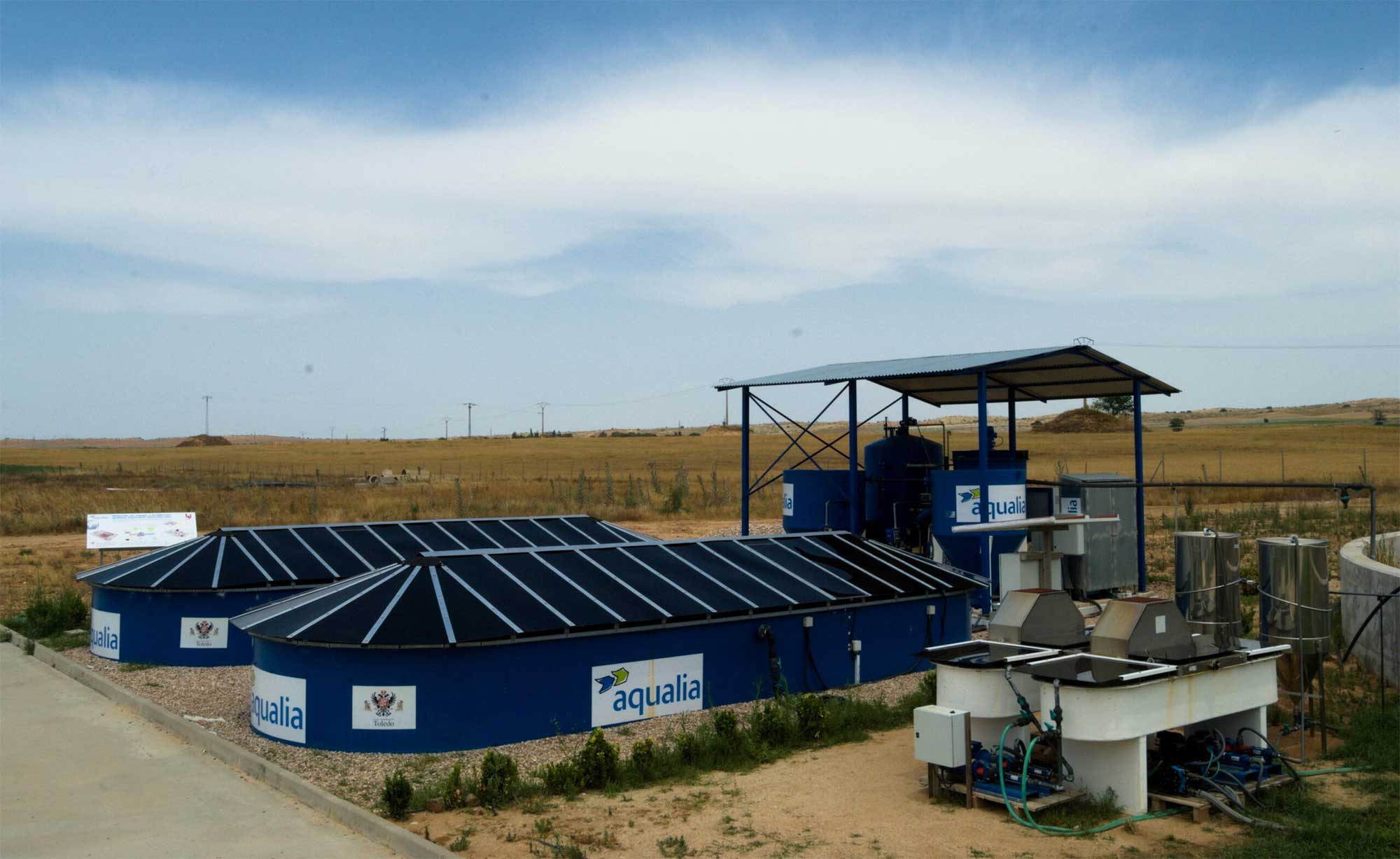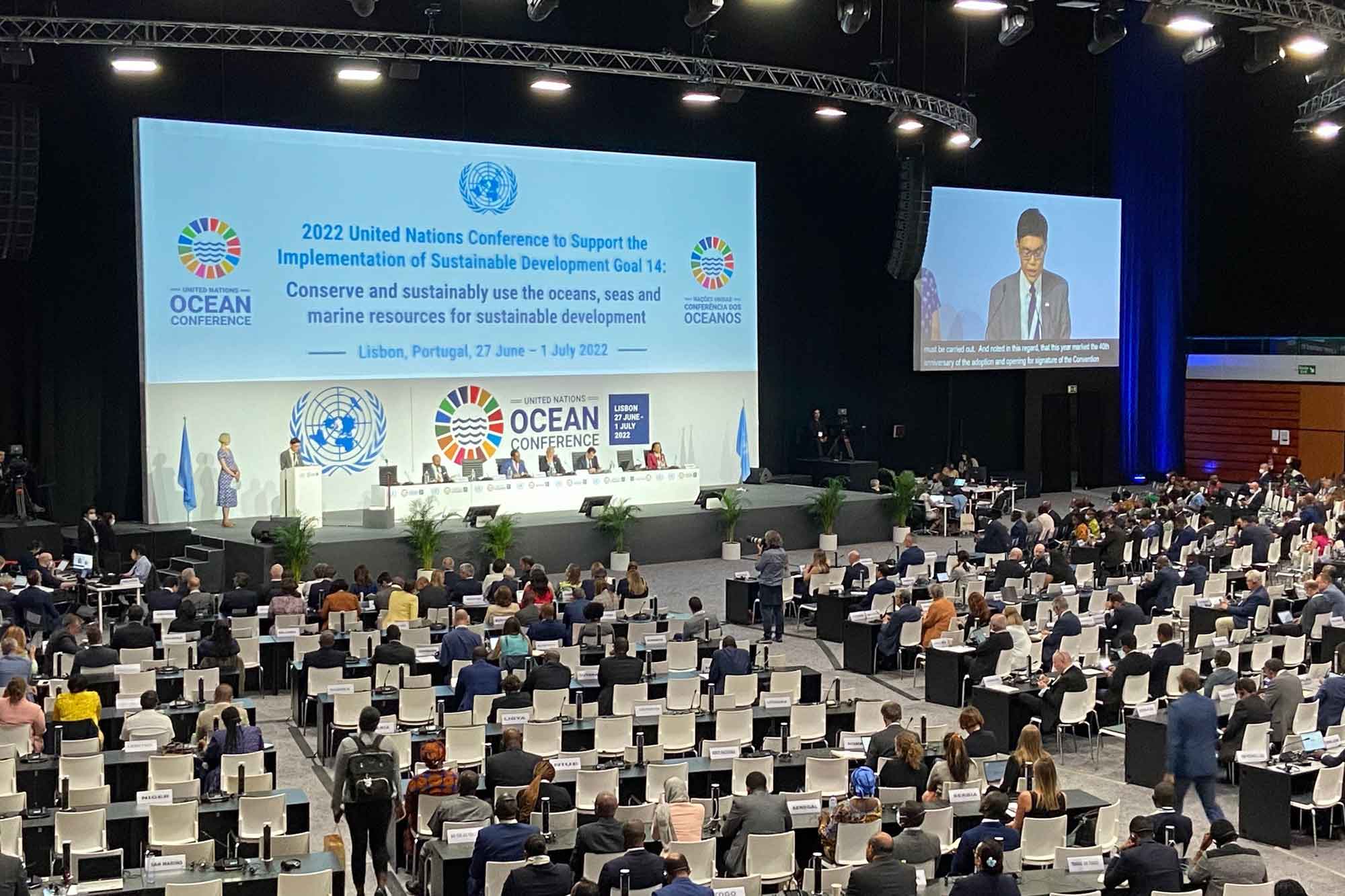This was reflected in the series of webinar sessions organised by BIC in recent months, the third and last of which was held in September. “Previous sessions covered feedstocks and their pre-industrial processing,” Nelo Emerencia (BIC) explained. “Now we are looking at the future of marine and aquatic biomass. What is possible if we build on the knowledge and expertise?” Entrepreneurs from Norway, Portugal and the Netherlands addressed that question.
Seaweed refining
Thorleif Thormodsen, founder of Alginor, spoke about the Flagship Demonstrator project: Alginor Seaweed Biorefinery 2024. It will be a biorefinery specifically for the seaweed Laminaria Hyperborea (a brown kelp species, also known as tangle or cuvie). A total of 100 megatons of this feedstock is available in Europe, of which 5 megatons may be harvested in regulated areas in Norway. Alginor uses an advanced harvesting vessel for this purpose. There, the biomass is immediately split into four fractions: the haptera (by which the plant is anchored to the seabed), the flexible stem, epiphytes (other organisms growing on the stem) and the leaves.
On shore, 12 ingredients are extracted from these fractions, through the proprietary biorefinery platform AORTA. These include alginates, fucoidan, cellulose, oligosaccharides, polyphenols, mannitol, carotenoids, amino acids, flavourings, biobased materials (fibres), laminarin and borea powder (an agricultural fertiliser).
A special feature here is that the entire plant is valorised. In the seaweed industry, it is common practice to extract only 15% of the biomass (dry matter), namely for alginates, the largest market. The remaining 85% is thrown back into the sea, including harmful chemicals like formaldehyde, which is used for preservation.
Alginor’s technology puts an end to such waste and environmental pollution. It has been proven to be efficient, sustainable and cost-effective in successive pilots. Alginor is currently building a €16 million demo plant on the island of Haugesund, with its own port, a biorefinery with a capacity of 30 kilotons and a special division for active pharmaceutical ingredients (APIs). By 2026, Thorleif Thormodsen expects to build a fully commercial industrial plant in Avesund, with an initial capacity of 100 kilotonnes. “With total processing, we reduce the cost price of all our products. It also means we operate zero waste, with minimal energy consumption. That way, we create a market value of €1.654 per tonne of wet biomass. Clearly, at a capacity of 100 kilotonnes, this is big business.”
For further development of AORTA and for application and market development, Alginor is looking for partners.
‘Algae are not our enemy’
Spanish wastewater company Aqualia treats 600 million m3 of wastewater annually. Energy is the biggest cost in this process. “With the current high energy prices, our electricity bill rises to more than €100 million a year,” says Frank Rogalla, director of innovation at Aqualia in Madrid. “We use it to make oxygen to destroy ammonia, nitrogen and carbon in wastewater and prevent algae growth.”
There is a different way. “We can even see algae as our allies. They produce oxygen without electricity and they also absorb CO2. This can create a synergy in wastewater treatment ponds.” In the process, the algae feed the bacteria that clean the water. The biomass from the algae can then be used for producing fertilisers and PHAs (a raw material for biobased plastics). Fermenting them can also produce biomethane, on which Aqualia runs its own cars.
The technology is currently being scaled up in the European BBI project Deep Purple, of which Aqualia is the coordinator. It involves the development of a multiplatform biorefinery for wastewater with algae, also exploring downstream processing, for example to make plastics and self-healing building materials.
In Estiviel (Toledo, Spain), a prototype Deep Purple bioreactor with a 10m3 wastewater per day capacity has already been running since 2018. It will be joined this year by a demo plant in Linares (Jaén, Spain) with a capacity of 350m3 per day (the average amount of wastewater from 10,000 people).
“We want to get even more value out of it through PHA production,” says Frank Rogalla. “For that, we need more carbon. We will get that from the hydrolysed organic fraction of municipal solid waste.” Moreover, in our new ANPHORA (Anaerobic PHOto RAceways) project, Uv light is filtered out to stimulate the growth of phototrophic bacteria and prevent competition with green algae. ” In this way, we achieve faster bacterial growth and higher PHA concentration in the bacteria. The purity of such PHA can be as high as 98%. With Novamont, the bioplastic manufacturer from Italy, we are working on working out applications.”
Alternative proteins
Aqualia is cautious when it comes to the food application of algae grown in wastewater. For brand owner Unilever, the interest in growing algae is driven precisely by the desire to find sustainable alternatives to animal protein for human consumption. René Draaisma, Lead Manager Future Biobased Ingredients at Unilever in Wageningen, the Netherlands, sees this as an opportunity to make sustainable living commonplace for everyone. “That is our ambition and this also implies that we want to continuously improve the nutritional value and health of our products.”
Because the production of animal proteins leads to large greenhouse gas emissions and high water use, Unilever wants to move towards plant-based and novel foods, such as microbial proteins, precision fermentation of modified fungi, cellular agriculture and sunlight-based (phototrophic) microalgae and algae. “This is not only about low-emission or emission-free production, but also about whether we can make our products safe and tasty, with viable technology.”
To make that happen, Unilever needs partners. For example, the company is working on plant-based meat substitutes with The Vegetarian Butcher from the Netherlands and on fungal-based microproteins with ENOUGH/Abunda from Scotland. It is also working with Wageningen University and Research from the Netherlands on algae-based food, under the brand name Algenuity. “It is exciting technology with great potential for sustainable production, but there is still a lot to do in this field. We need partners in that.”
UN Oceans Conference
Helena Vieira, professor at the University of Lisbon and chair of the Scientific Committee of CBE JU was the final speaker during the webinar. She discussed the UN Oceans Conference jointly organised by Portugal and Kenya in Lisbon in June and July this year. That conference revolved around the importance and health of the world’s oceans. “We cannot change the climate without paying attention to the oceans. They cover 70% of the earth’s total surface and comprise 90% of the world’s biodiversity. Oceans produce more than half of all our oxygen and absorb 99% of the heat in our atmosphere. They can therefore be an ally in fighting climate change.”
“As a result, the blue bioeconomy is showing a shift in the way companies are looking at future business opportunities,” Helena Vieira argues. “Marine and aquatic biomass is already being used in a myriad of applications. From peptides from sponges to glues from moluscs, from microalgae and crustaceans to synthetic biology. This is all important for the bioeconomy because more than half of the earth’s agricultural land is already depleted. So we need to look for alternatives, and the oceans offer solutions to use natural resources differently, both in water and on land. This is urgent. We must look for new sustainable sources of protein to feed the world’s population, as well as new ways to generate renewable energy.”
The UN conference in Lisbon aimed to draw attention to the oceans and spur political action. According to Helena Vieira, it succeeded: 153 UN Member States signed a political declaration with the telling title: ‘Our ocean, our future, our responsibility’. In it, delegations expressed regret to the younger generation that the targets of SDG 14 have not yet been achieved. But they also expressed commitment to rapid concrete action to change that.
Gigantic potential
“The bioeconomy contributes to all EU green goals and even those of the UN,” concluded Nuno Coelho (A4F) in his closing remarks. “Marine and aquatic biomass was once undervalued, but it has huge potential. It is therefore good that BIC has put the blue bioeconomy on the map and CBE JU is already supporting several projects. Biobased is the future, on land and in the water. Even though many companies and especially SMEs are currently in survival mode because of the war in Ukraine, this is the time for Europe to keep its back straight and keep investing in longer-term solutions. Only in this way can Europe maintain its role as a world leader in circularity and sustainability.”
See also:
- “The most sustainable biomass comes from the sea” (article, Agro&Chemistry, 31 March 2022)
- Trends and practical research in marine and aquatic biomass (article, Agro&Chemistry, 31 May 2022)
This article was produced in collaboration with the Bio-based Industries Consortium.
Image above: Andrew b Stowe/Shutterstock
